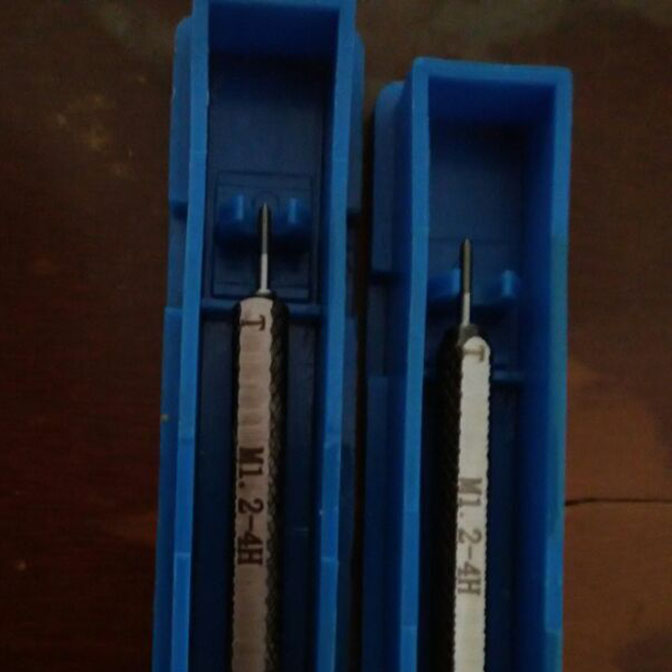Tet . 14, 2024 08:15 Back to list
types of ball valves in plumbing
Types of Ball Valves in Plumbing
Ball valves are essential components in plumbing systems, providing reliable control over fluid flow. Known for their durability, efficiency, and versatility, these valves come in various types, each suited for specific applications. Understanding the different types of ball valves can help you make informed decisions for your plumbing needs.
1. Full-Port Ball Valves
Full-port ball valves feature a ball with a hole that matches the diameter of the pipeline, allowing for maximum flow with minimal pressure drop. This design is ideal for applications where uninterrupted fluid flow is necessary, such as in water supply lines and irrigation systems. The full-port design ensures that the valve can handle high flow rates efficiently.
Unlike full-port valves, reduced-port ball valves have a smaller opening through the ball. This design creates a restriction in the flow path, which can result in a pressure drop. However, reduced-port ball valves are often more compact and cost-effective. They are commonly used in applications where the flow rate is not critical, such as in heating systems and low-pressure water lines.
3. V-Ball Valves
types of ball valves in plumbing

V-ball valves feature a V-shaped ball that provides precise control over flow rate and pressure. This unique design allows for throttling, enabling operators to adjust the flow more accurately than with traditional round balls. V-ball valves are particularly useful in applications requiring fine regulation of flow, such as in chemical processing or HVAC systems.
4. Trunnion-Mounted Ball Valves
Trunnion-mounted ball valves are designed with a trunnion (a pivot point) that supports the ball at the top and bottom. This design allows for larger ball sizes, making them suitable for high-pressure applications. Trunnion-mounted valves offer excellent sealing capabilities and are commonly used in oil and gas industries, as well as in power plants.
5. Two-Piece and Three-Piece Ball Valves
Ball valves can also be classified based on their construction. Two-piece ball valves consist of two main components, making them easy to service and maintain, while three-piece ball valves have an additional middle section, allowing for greater flexibility in assembly and disassembly. Three-piece valves are often preferred in applications where rapid maintenance is necessary, such as in food processing or pharmaceuticals.
Conclusion
In summary, the various types of ball valves serve distinct roles in plumbing systems, each offering its unique advantages. When selecting a ball valve, consider factors such as flow requirements, pressure ratings, and maintenance needs. By understanding these different types, you can ensure optimal performance and longevity in your plumbing systems, ultimately contributing to a more efficient and reliable infrastructure. Proper selection and installation of the right ball valve can lead to improved system performance and reduced operational costs.
-
Types of Thread Gauge BSP Parallel DesignNewsAug.04,2025
-
Ring Gauge Cylindrical Check ApplicationNewsAug.04,2025
-
Machinist Gauge Pins GCr15 MaterialNewsAug.04,2025
-
Gate Valves for Sale Sewage System UseNewsAug.04,2025
-
Control Valve EPDM Seal MaterialNewsAug.04,2025
-
Cast Iron Y Type Strainer Flange Cover DesignNewsAug.04,2025
Related PRODUCTS









